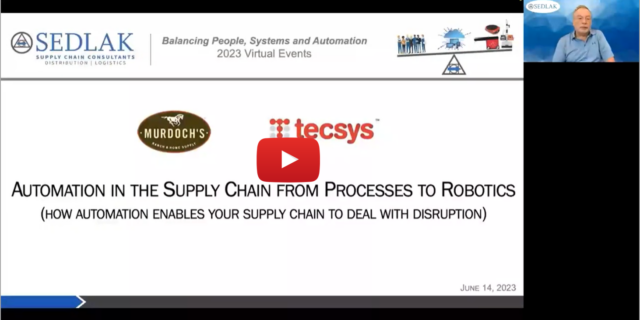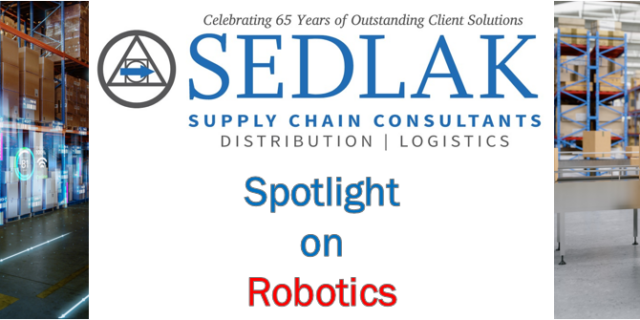Shipping Costs: Putting Freight Fuel Efficiency into Context
October 5, 2017 By: Senior Management | Topics: Transportation Management“The average tractor-trailer travels less than seven miles on a gallon of diesel, making it one of the least-efficient vehicles on the road.”
This quote from an article in The Wall Street Journal, prompted an irritated response from my friend, Tom Moore, who works in transportation optimization.
It began with “What a load of rubbish!”
He then explained that if a Class 8 tractor trailer that weighs 35-39 tons fully loaded and 17 tons empty gets 7 mpg then, by comparison, his 3-ton Ford F250 pickup truck should get 70 mpg – which it doesn’t.
Still, long-haul freight carriers must be attentive to fuel economy, as fuel is their second biggest operating cost after driver wages and a cost that can be dramatically impacted by world events and economics.
Currently, there are multiple, commercially available innovations to improve the aerodynamics of tractor trailers. Two common ones are:
- Trailer skirts – panels attached along to bottom of the trailer sides to reduce airflow around the wheels and other structures under the trailer
- Rear tail (or boat tail) fairings – the “winged” device affixed to the back of a trailer to reduce wake size
Research by the Society of Automotive Engineers and others have indicated that skirts can improve fuel consumption by up to 7% and tail fairings up to 5%. Road and wind tunnel studies by the National Resource Council of Canada and researchers at Lawrence Livermore National Laboratory determined that the combined use of these two devices resulted in aerodynamic improvement of 20-25%. Generally speaking, a 2% reduction in aerodynamic drag equates to a 1% improvement in fuel efficiency, so the combination of skirts and fairings can equate to a 10%-13% decrease in fuel consumption.
The North American Council for Freight Efficiency (NACFE) commissioned a study of truck fleets outfitted with variations on the theme of improved efficiency and proved that semi-trucks can achieve 10 mpg or better with commercially available applications, including skirts, tail fairings, lift axles, tire pressure sensors, automated transmissions, and low viscosity oils. Over 50,000 miles, the drivers in the study saved nearly 3,000 gallons of fuel over the national fleet-wide average.
Even at the current rate of fuel, the savings can add up quickly for carriers.
In the age of automation, another innovation that looks likely to enter the trucking industry is “platooning,” in which computer-controlled trucks drive nearly bumper-to-bumper to reduce air resistance between trucks. The concept relies on a vehicle-to-vehicle communication system that connects to existing electronic driver aids such as adaptive cruise control, lane-keep assist, and autonomous emergency braking. Daimler, which is developing the concept, claims it also contributes to improved vehicle safety. Although road tests and regulatory hurdles remain for the concept, the increased fuel efficiency for long-haul trucking could be substantial.
Since 1958 Sedlak has provided independent, innovative and actionable distribution solutions to retailers, 3PL providers, wholesalers and healthcare providers. Our expertise in transportation optimization helps our clients achieve the right balance between transportation and other aspects of their supply chains to maximize service and reduce costs. To learn more, complete the Contact Us form below.







